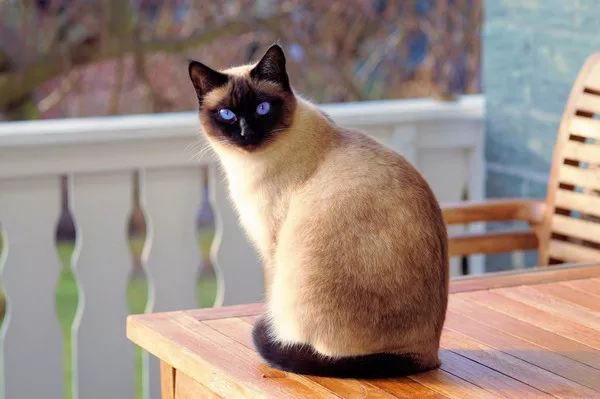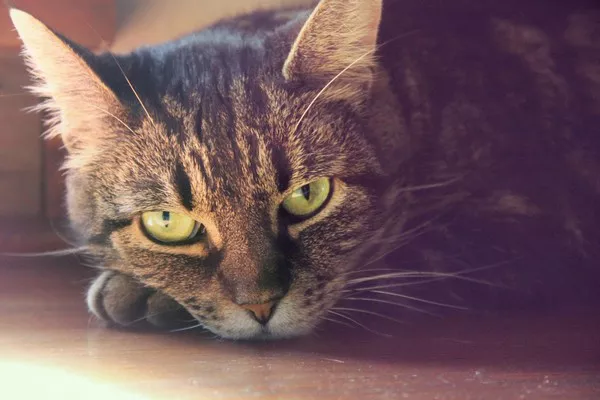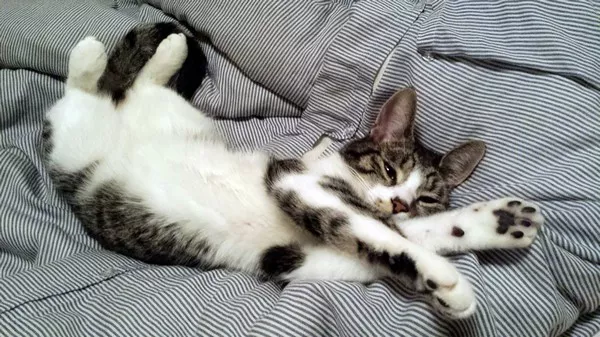Calico cats are known for their distinctive tri-color coats and unique personalities. While each cat is an individual with its own behaviors, calicos are often characterized as vocal and expressive. If your calico cat meows excessively, there could be several reasons behind this behavior. This article delves into the potential causes of why your calico cat may be meowing frequently and offers insights into how to understand and manage this behavior.
Understanding Calico Cats
Characteristics and Temperament
Calico cats, known for their coat pattern of white, orange, and black patches, are not a specific breed but rather a color pattern found in various breeds, including domestic shorthairs and longhairs. Despite their appearance, calicos can exhibit a wide range of personalities, from outgoing and affectionate to independent and vocal.
Vocalization in Cats
Meowing is a primary form of vocal communication for cats, and the frequency and intensity of meows can vary among individuals and breeds. While some cats are naturally more talkative than others, excessive meowing in any cat, including calicos, may indicate underlying needs or issues that require attention.
Potential Reasons for Excessive Meowing
1. Seeking Attention
Calico cats, like many other felines, may meow excessively to gain attention from their owners. This behavior can develop if the cat has learned that meowing elicits a response, such as petting, playtime, or food. If your calico is otherwise healthy and well-adjusted, attention-seeking behavior could be a primary reason for its vocalizations.
Management Tip: Provide regular interactive play sessions and attention throughout the day to satisfy your cat’s social needs. Ignore excessive meowing and reward quiet behavior to discourage attention-seeking meows.
2. Hunger or Thirst
Meowing can be your calico’s way of indicating hunger or thirst. Cats have specific feeding schedules and dietary preferences, and meowing may occur around meal times or when their water bowl is empty.
Management Tip: Establish a consistent feeding schedule and ensure fresh water is always available. Consider feeding smaller, more frequent meals to address hunger-related meowing. Use puzzle feeders or food-dispensing toys to provide mental stimulation and slow down eating.
3. Stress or Anxiety
Calico cats, like all cats, can experience stress or anxiety due to changes in their environment, routine, or social dynamics. Excessive meowing might be a sign of distress, especially if accompanied by other behaviors such as hiding, aggression, or litter box issues.
Management Tip: Create a calm and predictable environment for your cat. Provide hiding spots, vertical space (such as cat trees), and quiet areas where your calico can retreat if feeling overwhelmed. Use pheromone diffusers or sprays (like Feliway) to help reduce anxiety.
4. Medical Issues
Certain medical conditions can cause increased vocalization in cats, including pain, discomfort, or cognitive dysfunction. Elderly calico cats may also develop age-related issues that contribute to excessive meowing.
Management Tip: Schedule regular veterinary check-ups to monitor your cat’s health. Discuss any changes in behavior or appetite with your vet to rule out underlying medical causes for excessive vocalization.
See Also: Can Chausie Cats Eat Eggs?
5. Cognitive Dysfunction
Senior calico cats may experience cognitive dysfunction syndrome (similar to dementia in humans), leading to confusion, disorientation, and increased vocalization, especially at night.
Management Tip: Provide a consistent daily routine and a comfortable, familiar environment for your senior cat. Consider using nightlights and providing extra warmth and comfort during the night to reduce nighttime vocalization.
6. Breed Characteristics
While not a behavioral issue per se, some calico cats may simply be more vocal due to their breed’s characteristics or genetic predisposition. Certain breeds, such as the Japanese Bobtail (which can have calico coloring), are known for being particularly vocal.
Management Tip: Understand and appreciate your calico’s unique personality traits. Provide outlets for their vocalizations, such as interactive play sessions and enrichment activities.
Observing Your Calico Cat’s Behavior
1. Context of Meowing
Pay attention to when and where your calico cat meows. Note if there are specific triggers or patterns associated with the vocalizations, such as meal times, arrival of visitors, or changes in the household routine.
2. Body Language
Observe your cat’s body language when it meows. Signs of distress or anxiety may include flattened ears, dilated pupils, tense posture, or excessive grooming. Understanding your cat’s body language can provide clues about the underlying reasons for its vocalizations.
3. Other Behaviors
Consider your calico’s overall behavior and any changes in appetite, litter box habits, or social interactions. Changes in behavior, along with excessive meowing, could indicate a medical issue or emotional distress that requires attention.
Managing Excessive Meowing
1. Environmental Enrichment
Create a stimulating environment for your calico cat with plenty of opportunities for mental and physical exercise. Provide scratching posts, interactive toys, and puzzle feeders to keep your cat engaged and mentally stimulated.
2. Consistent Routine
Establish a predictable daily routine for feeding, playtime, and social interactions. Cats thrive on consistency, and a structured routine can help reduce anxiety and excessive vocalization.
3. Positive Reinforcement
Reward quiet behavior with treats, affection, or playtime. Reinforce calm behavior and ignore excessive meowing to discourage attention-seeking vocalizations.
4. Veterinary Evaluation
If your calico cat’s excessive meowing persists or is accompanied by other concerning symptoms, consult your veterinarian. A thorough physical examination and diagnostic testing may be necessary to rule out medical causes for the behavior.
Conclusion
Understanding why your calico cat meows excessively requires careful observation of its behavior, consideration of potential triggers, and addressing any underlying needs or issues. Whether due to attention-seeking behavior, hunger, stress, medical conditions, or breed characteristics, excessive meowing in calico cats can often be managed with environmental enrichment, a consistent routine, and veterinary guidance. By providing appropriate care, attention, and understanding your calico’s unique personality, you can help ensure a harmonious relationship with your vocal feline companion.

























